Blade
A blade is a flat, elongated, and typically narrow section of a tool or device, with a cutting edge or edges. It is a crucial component in various tools and equipment, serving the purpose of cutting, slicing, or shaping various materials. Blades can be found in everyday items such as knives, scissors, razors, and even in industrial equipment like turbine blades and saw blades.
Types of Blades
Blades come in different shapes and sizes, designed for specific purposes. Some common types of blades include:
- Knife Blades: Used for cutting and slicing food, materials, and more. Examples include chef's knives, utility knives, and scalpel blades.
- Saw Blades: Designed for cutting through various materials such as wood, metal, and stone. Different types of saw blades include circular saw blades, band saw blades, and jigsaw blades.
- Razor Blades: Typically used for shaving and precision cutting. These blades are extremely sharp and require careful handling.
- Turbine Blades: Found in turbines and engines, these blades are essential for converting fluid energy into mechanical energy.
Factors Affecting Blade Performance
The performance of a blade is influenced by various factors, including:
- Material: The material from which the blade is made can affect its sharpness, durability, and resistance to corrosion.
- Edge Angle: The angle at which the blade's edge is sharpened impacts its cutting efficiency and precision.
- Blade Thickness: Thicker blades are more robust and suitable for heavy-duty cutting, while thinner blades excel at precision cutting.
- Blade Design: The overall design, curvature, and serration of the blade influence its specific cutting capabilities.
Study Guide
To understand the concept of blades thoroughly, consider the following study guide:
- Research and identify different types of blades used in various tools and industries.
- Explore the properties of materials commonly used for manufacturing blades, such as stainless steel, high-carbon steel, and ceramic.
- Examine the process of blade sharpening and its significance in maintaining cutting efficiency.
- Investigate the historical evolution of blades and their role in human civilization, from early tools to modern cutting implements.
- Conduct experiments to compare the cutting performance of blades with varying thickness and edge angles.
By delving into these aspects, you can gain a comprehensive understanding of blades and their significance in everyday life and industrial applications.
.◂Science Worksheets and Study Guides Seventh Grade. Protists and Fungi

 Worksheet/Answer key
Worksheet/Answer key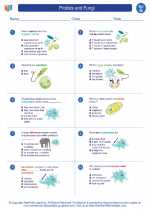
 Worksheet/Answer key
Worksheet/Answer key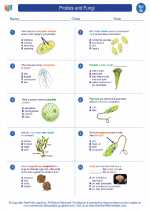
 Worksheet/Answer key
Worksheet/Answer key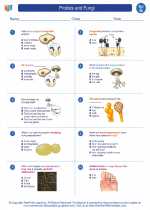
 Worksheet/Answer key
Worksheet/Answer key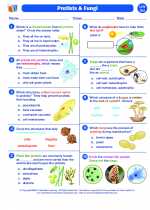
 Vocabulary/Answer key
Vocabulary/Answer key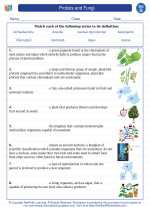
 Vocabulary/Answer key
Vocabulary/Answer key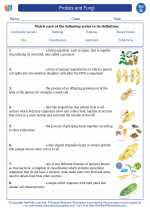
 Vocabulary/Answer key
Vocabulary/Answer key
 Vocabulary/Answer key
Vocabulary/Answer key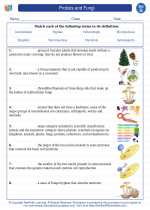
 Vocabulary/Answer key
Vocabulary/Answer key
 Vocabulary/Answer key
Vocabulary/Answer key
